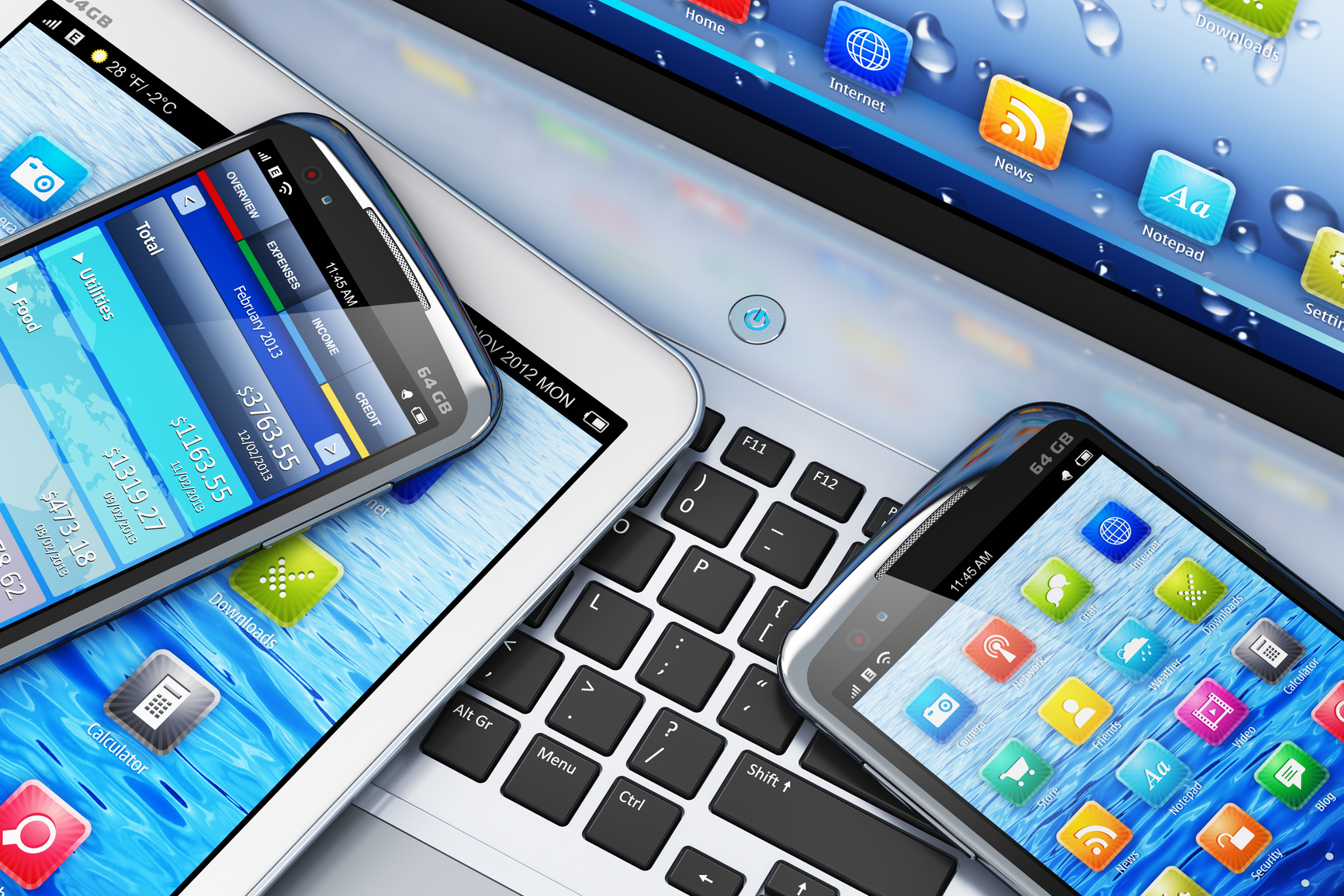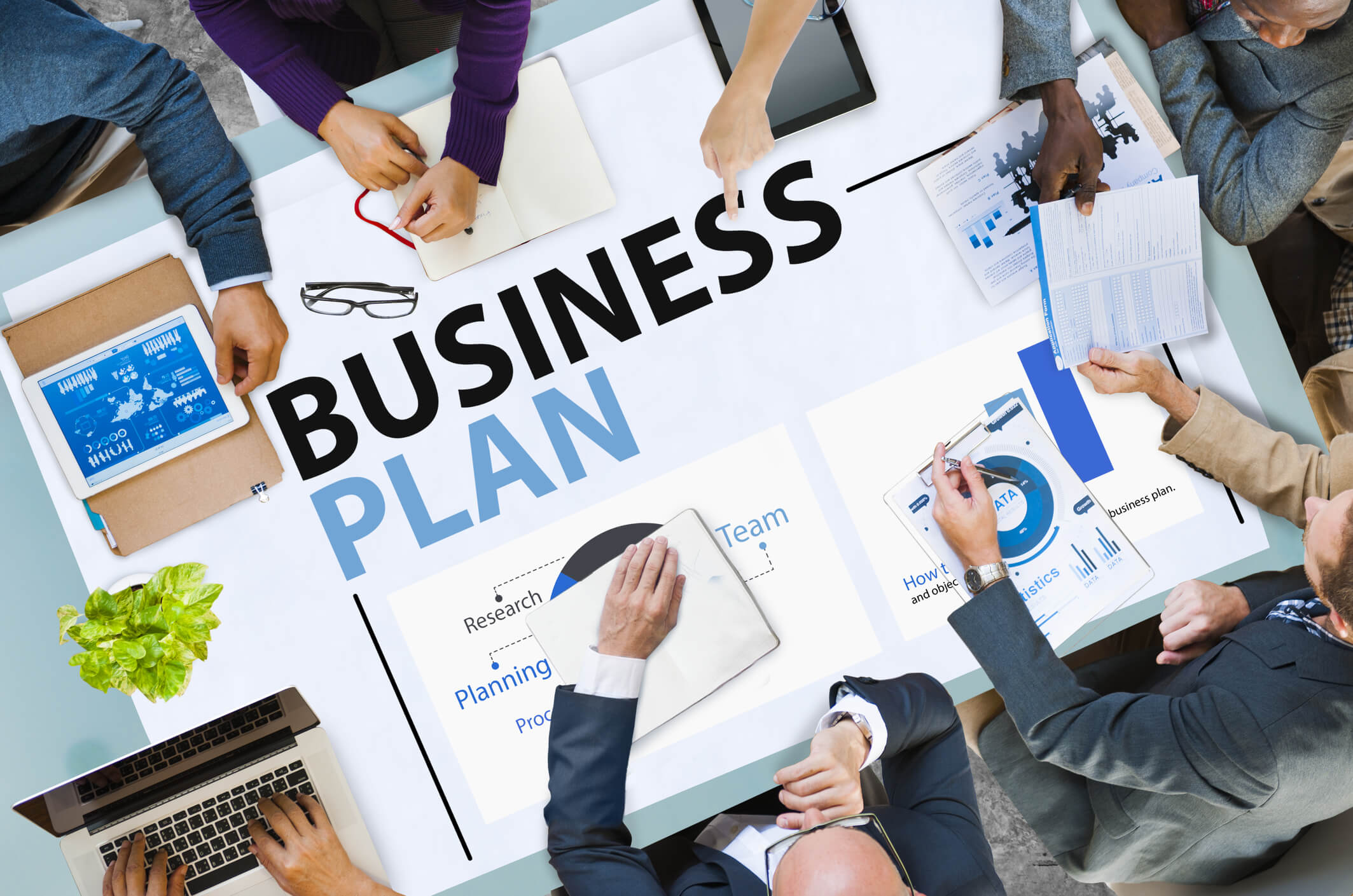
Typography is the visual art of arranging type, be it words, symbols, and other elements. It’s a highly creative process that involves careful consideration of font styles and sizes to ensure that you are conveying the right message with your graphic design. Whether you’re a budding designer or an experienced professional, incorporating delightful typography techniques into your Best unlimited graphic design can add an extra layer of impact to your work. Let’s take a look at some tips on how you can do just that.
Typography is about more than just selecting a font; it’s about understanding the fundamentals of legibility, hierarchy, and contrast. Knowing how to pair fonts effectively and how to balance text with other elements on your page are all essential skills for good typographic design.
Typography can be used to evoke certain emotions from the reader. For instance, you can use bold typefaces to add a sense of urgency or light and airy fonts to create an uplifting atmosphere. When used effectively, typography can have a powerful impact on your readers’ emotions, making it one of the most important design elements for graphic designers. Furthermore, the way in which you arrange and organize text on a page can determine how readers interpret the content. From line length and tracking to white space, it’s important to be aware of how font choice and arrangement affect readability.
Combine Font Styles & Sizes
One way to make typography stand out in your designs is by combining different fonts and sizes. This can help to create contrast between elements in your design for added emphasis. For instance, if you want to focus attention on a certain phrase or sentence, try using a bolder font size than the rest of the text in order to draw attention to it. You could also use contrasting font styles such as serif and sans-serif fonts together for added visual interest.
Create Visual Hierarchy With Line Breaks
Another way to use typography creatively is by adding line breaks between lines of text or sections of text. This helps create visual hierarchy in your designs—whereby each element has its own level of importance depending on where it is placed—which makes for easier readability and improved user experience. Line breaks also give more breathing space between elements which helps create balance in the overall composition of your design.
Experiment With Color & Backgrounds
Typography doesn’t have to be limited to black and white; experimenting with different colors can bring new life into your designs. You could try changing the color of the text itself or adding colored backgrounds behind it for added impact. This works especially well if you are going for a fun, playful look with your graphics because bright colors will capture people’s attention more easily than plain black-and-white ones would. Just remember not to go overboard with too many colors as this could end up being distracting instead!
Typography plays an important role in any graphic design project—it can help communicate messages visually while also bringing personality into a design piece through the use of fonts and colors. By utilizing delightful typography techniques cleverly, you can instantly make any graphic design piece stand out from the rest! So why not start experimenting today? With unlimited possibilities at hand, there’s no telling what kind of amazing work you could come up with!





